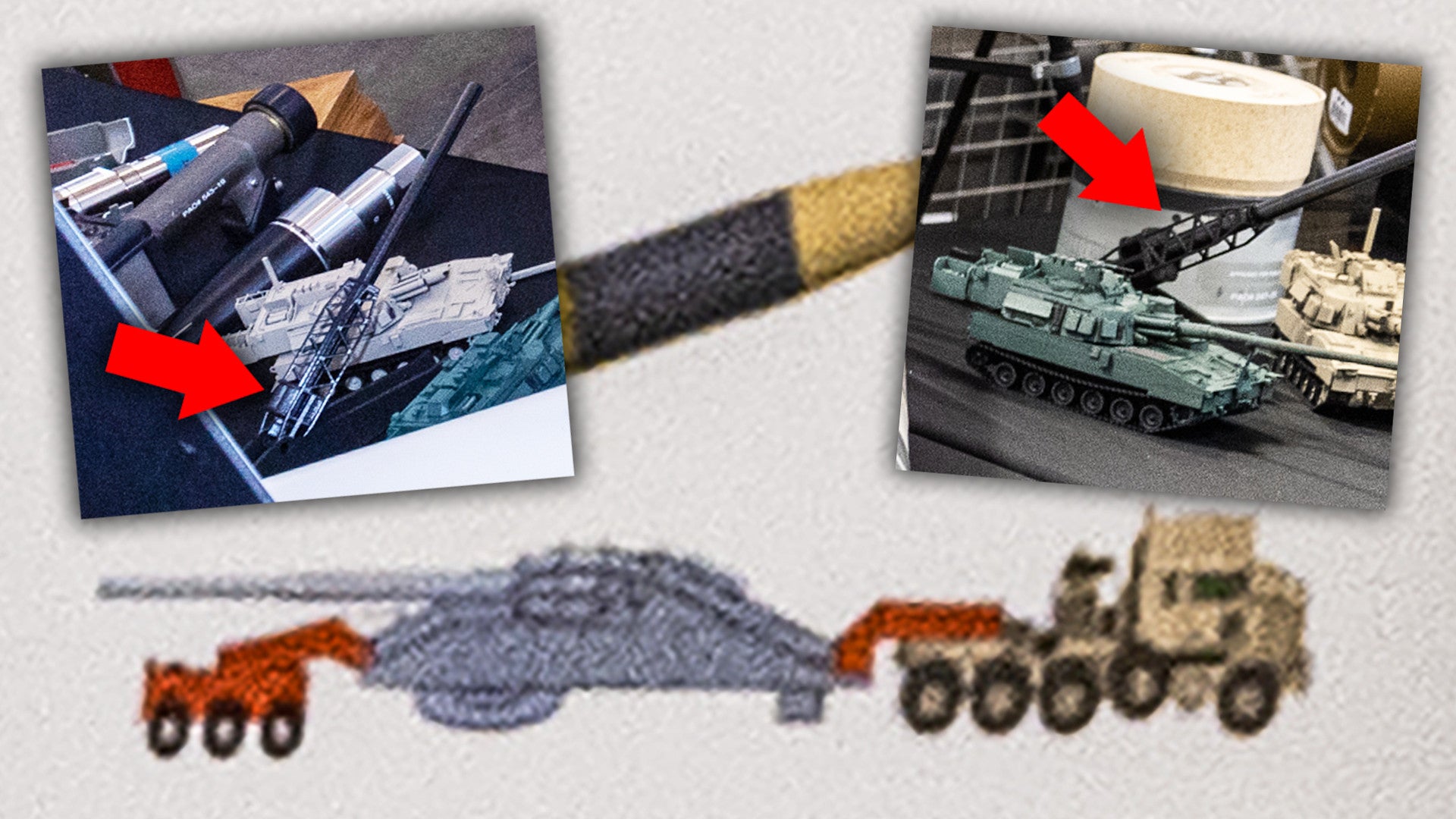The U.S. Army recently, and apparently inadvertently, offered a look at new concept art and models relating to a massive artillery piece that could have a range of 1,000 miles or more. The design concept has features that are reminiscent of the Cold War-era efforts such as the Army’s M65 “Atomic Annie” 280mm cannon and the modified 16-inch naval gun employed in the U.S.-Canadian High Altitude Research Project, or HARP. It also has a general look that wouldn’t be out of place in the G.I. Joe universe.
Last week, the Army Research Laboratory (ARL), part of what is now called the Combat Capabilities Development Command (CCDC), which is itself subordinate to the service’s new Futures Command, released pictures on its social media accounts of a visit by Major General John George and his staff. These include images that included details about what is officially known as the Strategic Long-Range Cannon (SLRC).
Major General George is presently head of CCDC. At the time of writing, all of the pictures from his tour of ARL appear to no longer be available official pages, but copies showing the concept art, models, and poster with basic SLRC details are now floating around online.
“Penetrates and dis-integrates enemy A2/AD [anti access, area denial] defenses to create windows of opportunity for exploitation by the Joint Force,” the SLRC poster reads. “Platform is comprised of a weapon, prime mover, and trailer, [and] projectile and propelling charge capable of delivering massed fires at strategic ranges for multi-domain operations.”
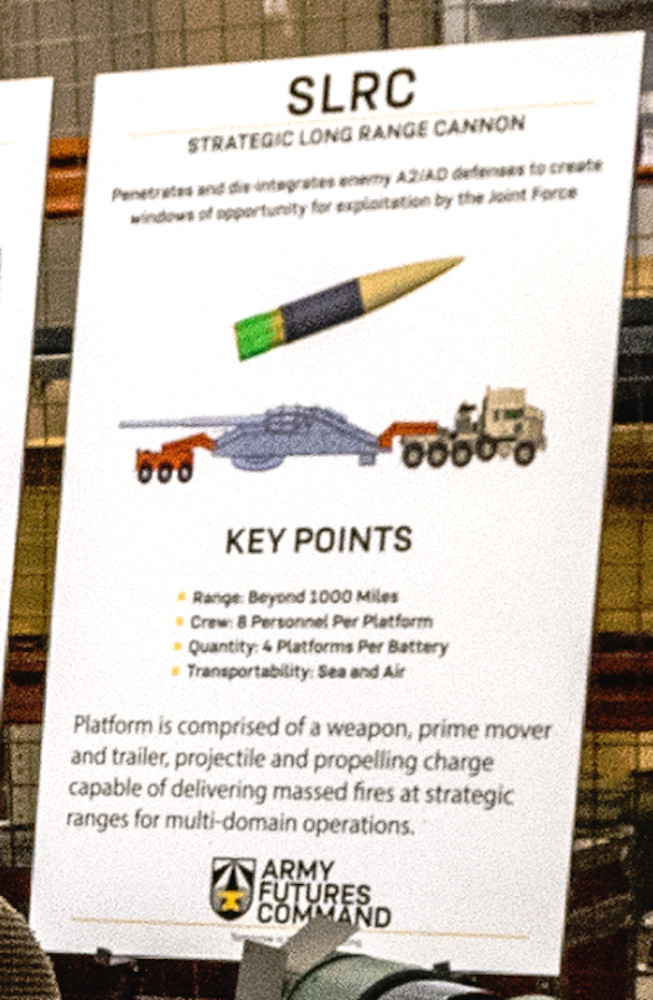
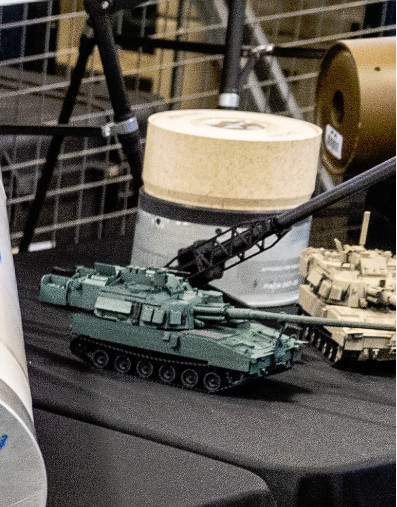
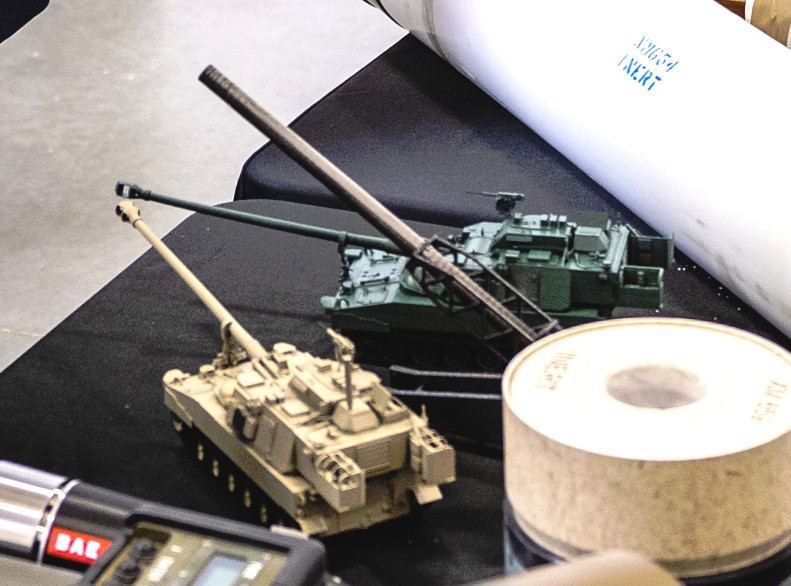
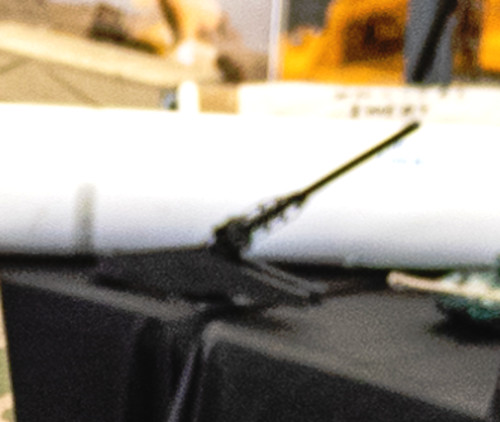
The poster also lists the following four “key points”:
- “Range: Beyond 1000 miles”
- “Crew: 8 Personnel Per platform”
- “Quantity: 4 Platforms Per Battery”
- “Transportability: Sea and Air”
For comparison, the Army’s standard 155mm M777 towed howitzer takes five people to operate and a maximum range of 25 miles when using M982 Excalibur precision-guided shells. The new 155mm M109A7 self-propelled howitzer has a crew of four and can hit targets out to around 19 miles with rocket-assisted shells.
The poster does not offer any other hard requirements for the SLRC, such as the diameter of the cannon, the length of its barrel, the weight of the system or its ammunition. The poster does show at least a notional configuration for the weapon.
This includes the cannon on a “platform” that a prime mover – an 8×8 Oshkosh M1070 Heavy Equipment Transporter System (HETS) tractor is depicted on the poster – would bring to a particular location. Personnel would then disconnect the platform from the trailer, which consists of a detachable gooseneck and connects to the tractor, and a six-wheel trailing section. The weapon would then be employed from this fixed location.

This is similar, though not identical to the configuration of the 280mm M65 cannon, better known as Atomic Annie because of its primary mission to fire nuclear artillery shells. The M65 was mounted on a platform that was transported to the firing position suspended between two specially designed Kenworth 4×4 tractor trucks. The vehicle in front was designated the M249 and the one in the rear was the M250 and drivers operated both independently in a manner similar to a tiller-truck fire engine.

The Atomic Annies, which weighed just over 83 tons, not including the Kenworth prime movers, entered service in 1955 and were ultimately deployed to West Germany, South Korea, and the Japanese island of Okinawa. The Army withdrew them from service in 1962.
The SLRC itself, based on what can be seen in the concept art and models, is a very large bore weapon. The rear portion of the barrel, where the firing action would be, is nestled inside a cage-like structure. This is at least visually similar to the framing around much of the 16-inch HARP gun.
In the 1960s, the United States and Canada conducted a variety of experiments using this gun, as well as other smaller designs, as part of research into low-cost methods of sending objects into space. Canadian engineer Gerald Bull was primarily responsible for the 16-inch gun, which the U.S. Army crafted under his direction, in part, by combining the barrels from two 16-inch naval guns. During testing, the system received a barrel extension and, in its final configuration, was approximately 120 feet long and weighed almost 100 tons.

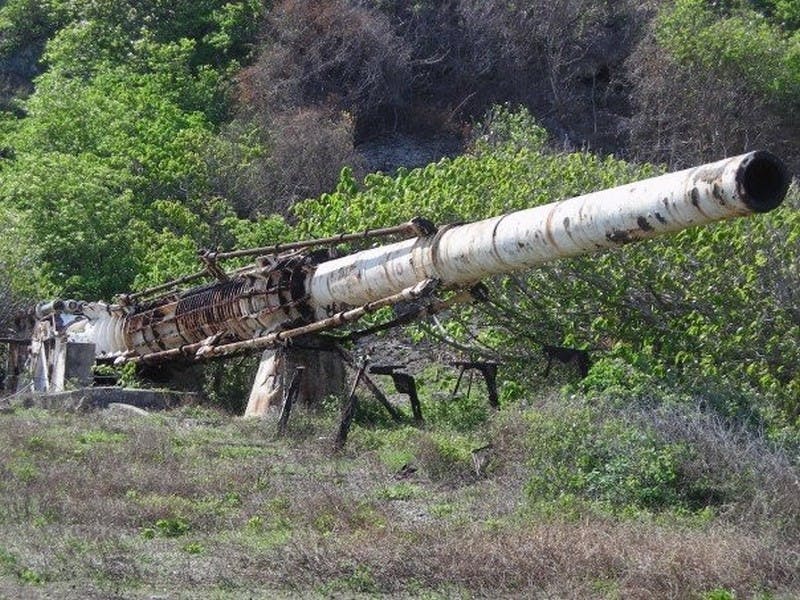
Bull, however, saw the system’s potential as a weapon and continued to pitch the idea of a supergun to countries around the world for decades after the HARP program ended. Iraqi dictator Saddam Hussein ultimately hired the Canadian to develop what became known as the Babylon Guns. The first of these was the “Baby Babylon,” a purely experimental test gun. A larger “Big Babylon,” which was to have been an operational weapon, was never finished.
Unknown assassins murdered Bull in Brussels, Belgium in 1990 and it is believed that either the Israeli or Iranian intelligence services had him killed over his relationship with the Iraqi government. British customs seized sections of the Big Babylon’s massive barrel and Iraq’s abortive invasion of Kuwait and subsequent defeat at the hands of a U.S.-led coalition in 1991 brought the project to an end for good.
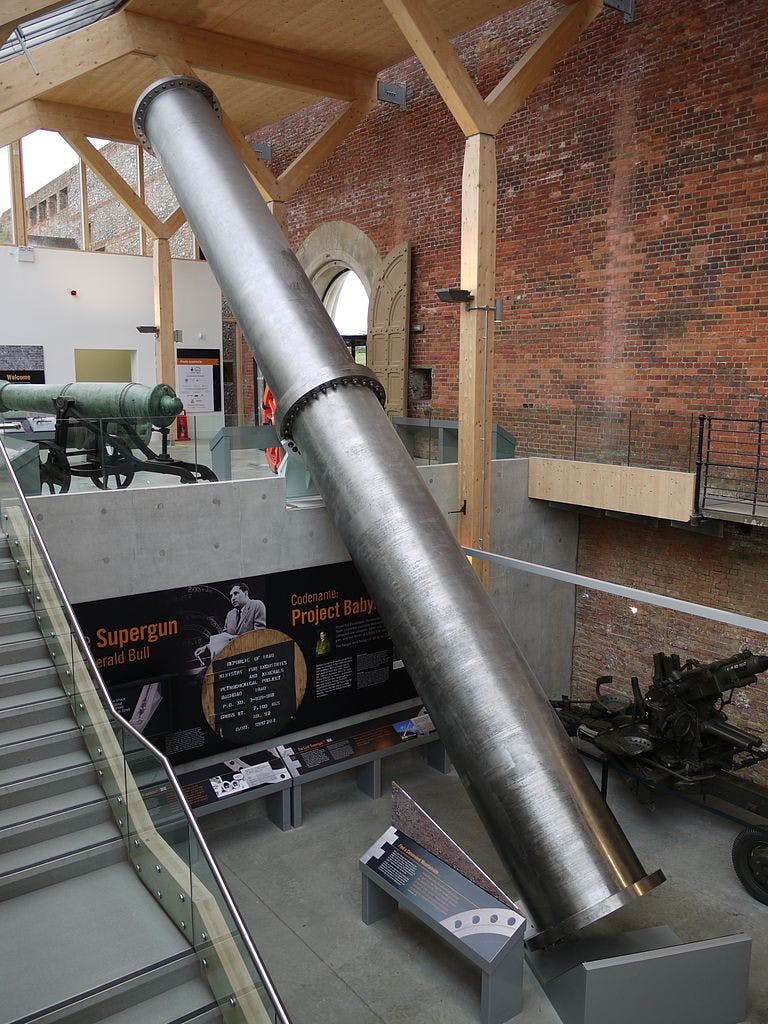
Some have also pointed out that the Army’s present view of the SLRC also looks a lot like the G.I. Joe Thunderclap long-range cannon. This fictional weapon, with a pair of detachable tracked prime movers, one at the front and one at the back, is itself clearly inspired in part by the M65.

Unlike Thunderclap, the SLRC, at least in concept, is very real. The Army first announced that it was considering this weapon system in 2017, as part of the release of an over-arching vision for vastly improving artillery capabilities across the service. You can read more about that broader plan in this past War Zone piece.
There is a certain logic to the SLRC, in theory, at least, as well. This is hardly the first time someone has considered building a “strategic” range artillery piece. During World War I, the Germans built massive rail-transportable guns and employed them in France, including against the French capital, where they gained the nickname “Paris Guns.”

The Nazis crafted another long-range artillery system, the V-3, the least well known of Hitler’s so-called “vengeance weapons” during World War II. Unlike the Paris Guns, the V-3 employed multiple propelling charges that detonated in sequence as the projectile passed down the barrel, creating an effect much like that of a rocket motor rather than a traditional gun, where all of the propellant is detonated at once.
In general, ground-based artillery systems can also be very flexible, especially compared to combat aircraft. They are more responsible and can more readily shift attention from one target to another, provided it is within range, have a greater magazine depth, and can operate in poor weather that could hamper the effectiveness of aircraft and helicopters in some circumstances.
As the Army notes, this could make the SLRC valuable for busting through A2/AD defenses, which can be very threatening to both aircraft and missiles. It could also help “dis-integrate” them by destroying critical nodes, such as surface-to-air missile launchers, radars and other ground-based sensors, and command and control centers, opening up paths for follow-on air and missile strikes or otherwise creating safe routes into hostile territory for friendly forces on land or at sea.
The desired range of 1,000 miles or more would make the weapons even more useful in distributed operations, including across the wide expanses of the Pacific, where such a gun could potentially be fixed in place on one island and be able to engage threats on others across a broad area. Being readily transportable by sea or air, as the poster at the Army Research Laboratory indicated was a requirement, would allow the service to readily position guns in strategic locations during an actual conflict.
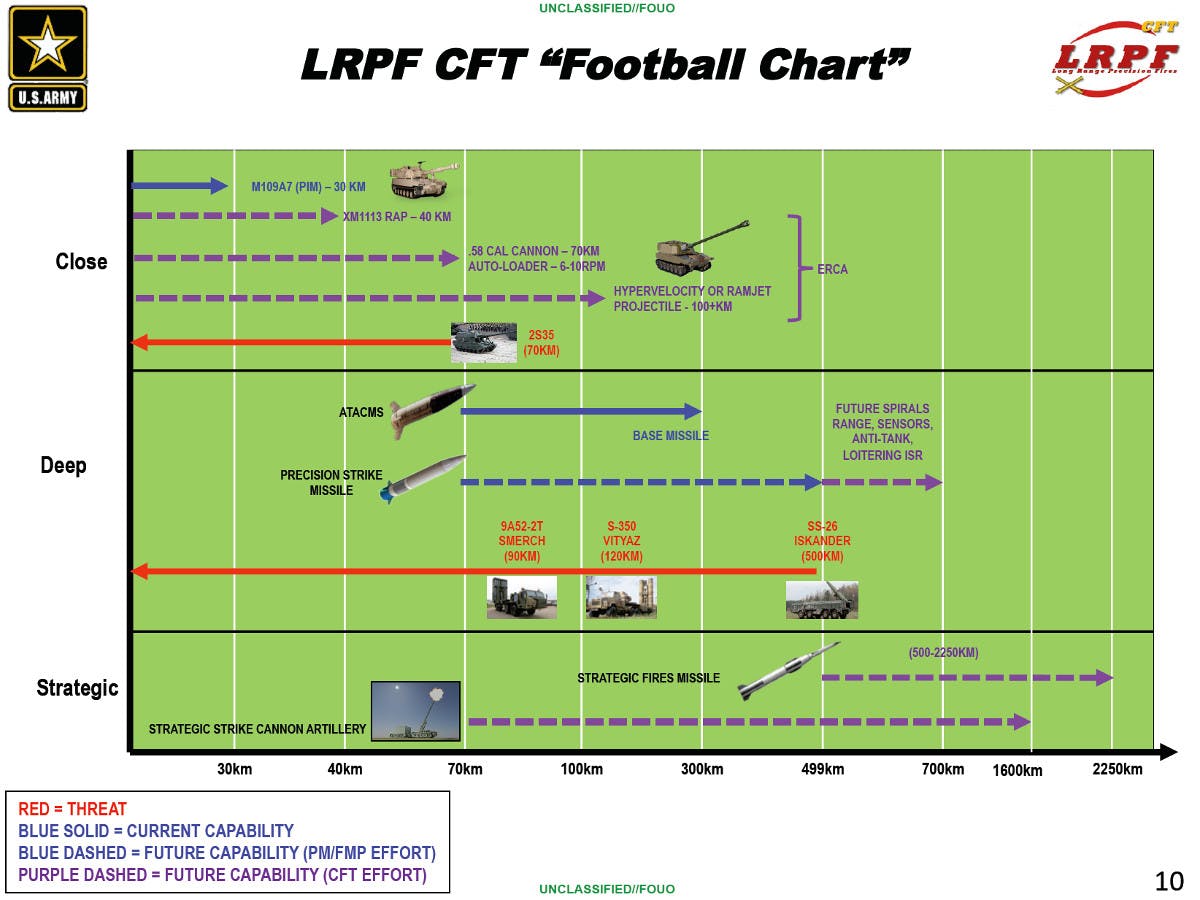
It still remains to be seen whether the SLRC will ever come to fruition. The Atomic Annies had a maximum range of just 20 miles and the HARP gun’s longest shot was 110 miles. The Paris Gun could hit targets up to 41 miles, while the V-3’s maximum range was just over 100 miles. Bull’s unfinished Big Babylon’s estimated range was “over” 450 miles.
It’s certainly possible, if not highly probable, that advanced ammunition designs, including those with supplemental rocket motors or ramjet propulsion, could help the SLRC reach the 1,000-mile mark. The SLRC poster that Major General George saw at the Army Research Laboratory did show a notional shell, but without any detail as to what features it might have. The concept art also displayed a light green section at the bottom of the projectile that could point to some sort of supplemental propulsion system. It would also undoubtably have a precision guidance system.
There are also questions about how the Army would go about actually getting the targeting information the gun crews would need to hit non-known fixed targets out to 1,000 miles or more. However, the service is already looking at a variety of stand-off methods, including air and space-based concepts.
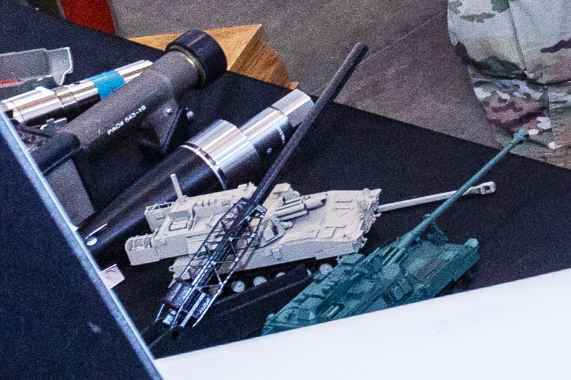
The biggest question may simply be whether the Army will continue to see the SLRC as a useful expenditure of time and resources as time goes on, especially now that the Intermediate-Range Nuclear Forces Treaty, or INF, between the United States and Russia is gone. The INF had prohibited both countries from developing and fielding ground-launched cruise and ballistic missiles with ranges between 310 and 3,420 miles.
A long-range supergun would have offered a land-based capability to engage targets at extended ranges, but that was also treaty compliant, something that is a moot point now. The U.S. military is now exploring both ground-launched cruise missiles and intermediate-range ballistic missiles, as well as ground-launched hypersonic weapons and railguns that can also strike targets over relatively long distances.
What we do know is that the Army is still very much considering the SLRC as part of its future artillery plans, but we’ll have to wait and see whether or not this supergun turns out to be any more tangible than the G.I. Joe Thunderclap.
Special thanks to Twitter user @lfx160219 for alerting us to these images.
Contact the author: joe@thedrive.com
